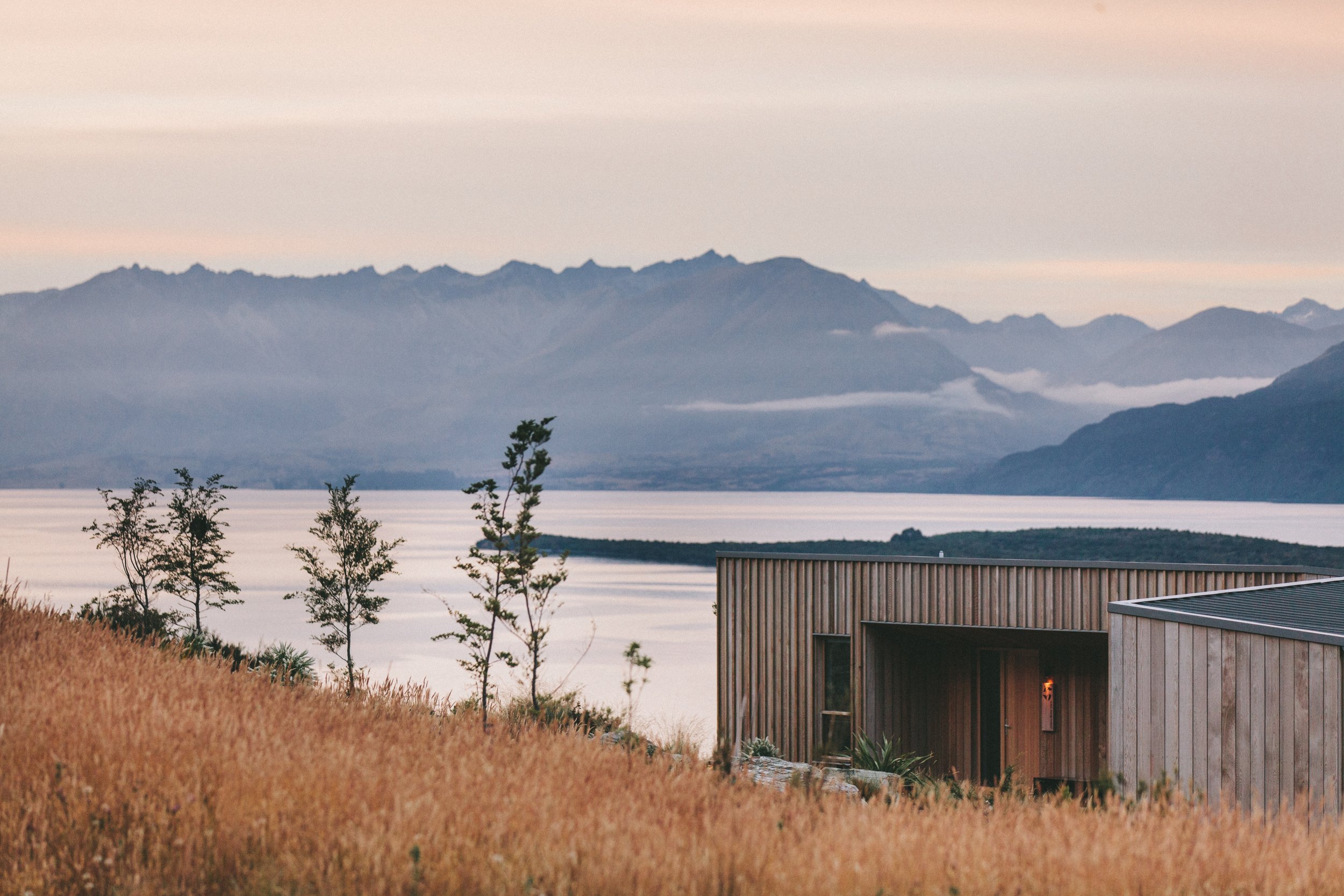
Our technology
Faura is focused on quantifying the building science behind why buildings do (or don’t) make it through natural disasters.
At our core is our resilience model, a proprietary algorithm that takes in building characteristics and estimates how much they contribute to the survivability of the property in a natural disaster.
Our model is focused entirely on survivability from a parcel standpoint. It supports 70+ building & property characteristics, and can return over 300+ action items customized to a property about how to reduce that risk.
Using property survivability metrics, we can make more efficient decisions about which properties are more or less vulnerable based on structure and building science.
Accurate exposure data for the areas that need it the most.
Each property assessment is custom to the components on that property, and is backed by decades of building science. Unlike other data analytics companies, we don’t look at any variables regarding the climate or surrounding area, like drought or distance to a fire station. A Faura score focuses on how resilient that property is alone.
In the Mountain Fire, we scored 96% accuracy in detecting which homes survived, and which didn’t.
Our property self assessment can determine if homes can comply with building codes or legislation - like California’s new Safer from Wildfires act.
We use the assessment data to determine if homes comply with mitigation measures, and to assign action items to policyholders for loss control.
Our resilience model is our heart, but it’s just the beginning.

Faura monitors a property’s mitigation history. With it, we:
Can show you how long the property has been doing mitigation work
Determine if there was previous natural disaster damage, and estimate if a home was rebuilt to higher mitigation standards afterwards.
Working directly with the property owner provides a source of data no other data source can match, while improving the longevity of a policy and retaining pre-existing clients.
Providing for the policyholder.
Our tools not only measure the natural disaster risk to you and the property owner, but it gives you a way to request remediation of the risks. We offer white-labeled property self assessments, improving the policyholder experience and relationship.
Policyholders can interface with us using a web app - no mobile app downloads required.
We’re passionate about making mitigation accessible - any homeowner can take our consumer assessment and get their resilience score for free.
The most important thing behind our tech is the people it connects. The property owner is the key to implementing mitigation measures, and we make it easy for insurers to communicate and provide loss control mechanisms to help them accomplish that.
We have 3 different ways to complete an assessment, from manually providing the characteristics to asking the homeowner to complete them.
We have a REST API that meets OpenAPI standards, and a web platform for companies that don’t want an IT integration.
We’re undergoing the process of SOC2 compliance and creating a Guidewire integration to land before the end of 2025. You can request access to our Trust Center - which tells you our SOC2 timeline and existing controls.
All of our clients can link into our observability system, which will alert you automatically if we experience downtime.
How our data meets yours.
Technical FAQ’s
-
We’re testing it every day, but early data is incredibly promising. After major natural disasters, we aim to run a retrospective, tweak our scores, and add-in new building characteristics. In our Mountain Fire case study, we were able to predict which homes survived with a 96% accuracy rate. You can see more of our case studies and materials here.
-
Please email brenden@faura.us or valkyrie@faura.us. We issue trial API keys that enable you to send 100 requests in a sandbox. Typically, we start with a pilot of a small number of addresses through our portfolio analysis tool and then proceed to API access later in the discussion stage. Our API docs are hosted on Postman.
-
There’s some things we cannot publish online, but we would be happy to discuss more in a call. The basic gist is that 0% is the least resilient a property can be, and 100% is the most. For a wildfire example, 0% would probably be an A-Frame with cedar shingles and crazy roof debris with piles of wood stacked under the deck and no defensible space, and 100% would be a concrete box with tempered glass, ember resistent vents, and more.
-
We aim to get downtime resolved immediately, with an on-call system that enables us to react within seconds. Currently, we have Point In Time Recovery, which keeps data loss during outages to a minimum.
-
Every company’s integration strategy is different, and we aim to meet them where they are. We offer the ability to build integrations into your policy management system, through an API, or through our web platform.
-
We work with homeowners directly in a range of ways. Starting from within, some people within Faura are homeowners who’ve struggled with the insurance piece.
Second, we have consumer tools available for every homeowner who comes to our website. This helps us experiment and make sure the tools and features we have are homeowner approved before we take them to our insurance clients.
Third, we directly talk to all homeowners while undergoing feature development and are forming a Homeowner Advisory Board. We’re always finding insights that surprise homeowners, insurance companies, and ourselves.
More importantly, we know that loss control is a process of repeated relationship building and education and that homeowners are the only true way to enable that in a meaningful way.








